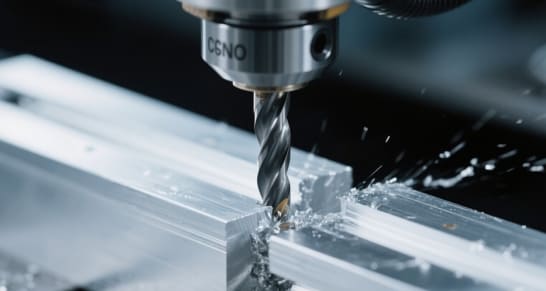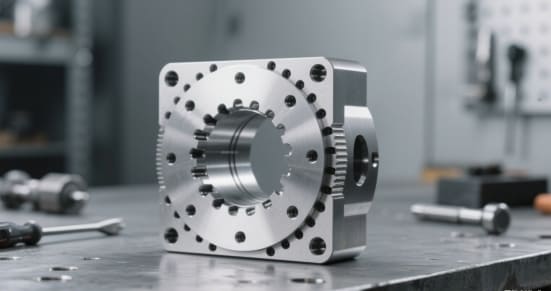The CNC Drilling Industry Guide
CNC drilling isn’t just about punching holes in metal. It’s a high-stakes game of precision, speed, and machine mastery.
After two decades in the trenches—both as a writer covering manufacturing and as a hands-on CNC drilling engineer—I’ve seen the good, the bad, and the downright ugly.
what is CNC drilling?
At its core, it’s a computer-controlled process that uses rotating cutting tools to bore precise holes into materials like steel, aluminum, composites, and even titanium.
But the real magic? Consistency, accuracy, and efficiency—things manual drilling can only dream of.
How CNC Drilling Works (The Nuts & Bolts)
Forget textbook fluff—here’s how it really goes down in the shop:
-
The CNC Machine – The brain of the operation. Modern CNC drills run on Fanuc, Siemens, or Haas controls, programmed via CAD/CAM software.
-
The Spindle & Tooling – High-speed spindles (up to 30,000 RPM) drive drill bits, end mills, or specialized tools like indexable carbide drills.
-
The Workholding – Vises, clamps, or vacuum tables lock the workpiece in place—because nothing ruins a job like a loose part mid-drill.
-
Coolant & Chip Management – Flood coolant or through-tool lubrication keeps temps down and flushes chips. Dry drilling? Only if you love burnt tools.
Key Numbers That Matter
-
Tolerances: ±0.025 mm (0.001") or tighter for aerospace-grade holes
-
Hole Depth: Up to 10× the drill diameter before you need peck drilling
-
Speed & Feed Rates: A 10 mm carbide drill in steel might run at 2,500 RPM with a 0.2 mm/rev feed
Why CNC Drilling Beats Manual Drilling Every Time
1. Precision That Doesn’t Quit
Manual drilling? Good luck holding ±0.05 mm on 100 holes. CNC does it blindfolded.
Multi-axis machines drill angled, tapered, or counterbored holes without breaking a sweat.
2. Speed & Repeatability
A CNC can drill 500 identical holes in the time it takes a guy with a hand drill to set up.
Automated tool changers swap bits in seconds—no fumbling with a chuck key.
3. Handling Tough Materials
Stainless steel? CNC drills laugh at it with coolant-through tooling.
Carbon fiber? Special diamond-coated bits prevent delamination.
4. Complex Geometries Made Easy
Need threaded holes, stepped bores, or cross-drilled passages? CNC programming handles it.
Deep-hole drilling? Peck cycling (drill-retract-drill) prevents chip clogging.

Real-World Applications (Where CNC Drilling Dominates)
-
Aerospace: Aircraft frames with thousands of rivet holes—all drilled in one setup
-
Automotive: Engine blocks with oil galleries and bolt patterns drilled to perfection
-
Medical: Surgical implants with micro-holes for bone integration
-
Oil & Gas: Flange plates with high-pressure bolt circles that can’t afford misalignment
Limitations? Yeah, Even CNC Isn’t Perfect
-
Initial Cost: A high-end CNC drill press runs $100K+—not exactly a garage shop purchase
-
Maintenance: Spindle bearings, way covers, and coolant systems need regular TLC
-
Material Limitations: Glass or ceramics? You’re better off with lasers or EDM
Pro Tips from the Shop Floor
-
Use the right drill geometry:
Split-point for aluminum
Parabolic flute for deep holes
-
Monitor tool wear:
A dull drill doubles cutting forces—listen for chatter -
Optimize coolant pressure:
Use 20–30 bar for through-tool cooling in tough metals
Final Verdict
CNC drilling isn’t just a process—it’s the backbone of modern manufacturing.
Faster, smarter, and more reliable than any human operator, it’s why factories worldwide run on CNC.
So, if you’re still hand-cranking holes, ask yourself:
Are you making parts, or just wasting time?

